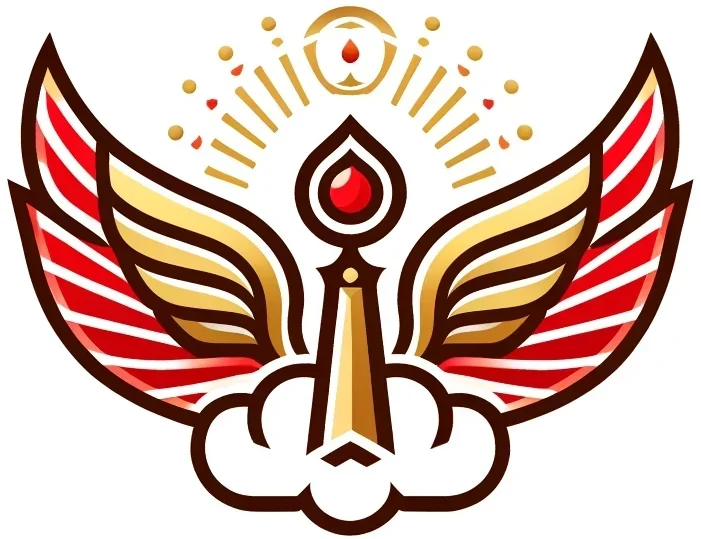The concept of “Moses the Magus” encompasses interpretations and traditions that portray Moses, the central prophet of Judaism, as a magician or a figure endowed with esoteric and mystical knowledge. This perspective is evident in various historical sources, spanning early Christian writings, Greco-Roman literature, and later esoteric traditions. Significantly, the image of Moses as a magus also draws from Zoroastrianism and the Magi, the priestly caste in ancient Persia known for their profound knowledge of astronomy, astrology, and religious rituals. Below is an overview of the different aspects and sources contributing to the image of Moses as a magus, emphasizing the influence of Zoroastrianism and the Magi:
Greco-Roman Interpretations
- Hellenistic Views: In the Hellenistic period, Jewish culture interacted with Greek and Roman thought. Some Hellenistic writers portrayed Moses as a wise man or a philosopher who had access to secret knowledge and magical powers.
- Artapanus: An ancient Jewish historian, Artapanus, described Moses as a culture hero who taught the Egyptians various arts and sciences and performed miraculous feats.
- Plutarch: The Greek biographer and essayist Plutarch mentioned Moses in his writings, often highlighting his wisdom and leadership. While not directly calling him a magician, the portrayal includes elements of his extraordinary abilities.
Early Christian Writings
- Clement of Alexandria: Clement, an early Christian theologian, referred to Moses in a manner that emphasized his wisdom and knowledge. He viewed Moses as a figure who had access to divine knowledge, which aligns with the image of a magus.
- Origen: Another early Christian scholar, Origen, compared Moses to pagan magicians, emphasizing that Moses’ miracles were superior because they were divinely inspired rather than based on mere magic.
Jewish Mystical and Esoteric Traditions
- Kabbalah: In Jewish mystical tradition, especially in Kabbalah, Moses is often depicted as a figure with profound mystical knowledge. His experiences, such as the encounter with God on Mount Sinai, are seen as moments of deep esoteric significance.
- Midrash: Jewish midrashic literature sometimes attributes miraculous and magical abilities to Moses, emphasizing his unique relationship with God and his ability to perform wonders.
Islamic Traditions
- Qur’an: In Islam, Moses (Musa) is considered a major prophet. The Qur’an recounts his miracles, such as turning his staff into a serpent and parting the Red Sea, which contribute to his image as a figure with divine power. While the Qur’an attributes these miracles to God’s power, some later Islamic traditions embellish Moses’ abilities in a way that parallels the concept of a magus.
Renaissance and Early Modern Interpretations
- Hermeticism: During the Renaissance, the revival of Hermeticism and interest in ancient wisdom led some scholars to view Moses as a magus. They associated him with the Egyptian tradition of wisdom and magic, seeing him as a key figure in the transmission of ancient knowledge.
- Alchemy and Esotericism: Some alchemical and esoteric texts from the early modern period depict Moses as a master of hidden knowledge and mystical practices. These interpretations often blend Jewish, Christian, and Hermetic traditions.
Magus as Zoroastrian Magi
- Zoroastrian Roots: The term “magus” originates from the Magi, the priestly caste in ancient Zoroastrianism. The Magi were known for their deep knowledge of astronomy, astrology, and religious rituals. Their reputation for wisdom and esoteric knowledge influenced how the term “magus” was used in other cultures.
- Hellenistic Influence: During the Hellenistic period, the image of the Magi as wise men and keepers of secret knowledge spread throughout the Mediterranean. This broader cultural perception contributed to the portrayal of figures like Moses as magi, emphasizing their connection to ancient wisdom and divine knowledge.
Conclusion
The image of “Moses the Magus” is a complex and multifaceted one, rooted in various historical, cultural, and religious contexts. It reflects the intersection of Jewish tradition with Greco-Roman, Christian, Islamic, and esoteric thought, portraying Moses not just as a prophet and lawgiver but also as a figure with profound mystical and magical abilities. The association with the Zoroastrian Magi underscores the ancient and cross-cultural nature of this perception, highlighting the deep roots of the magus tradition in the ancient world.
